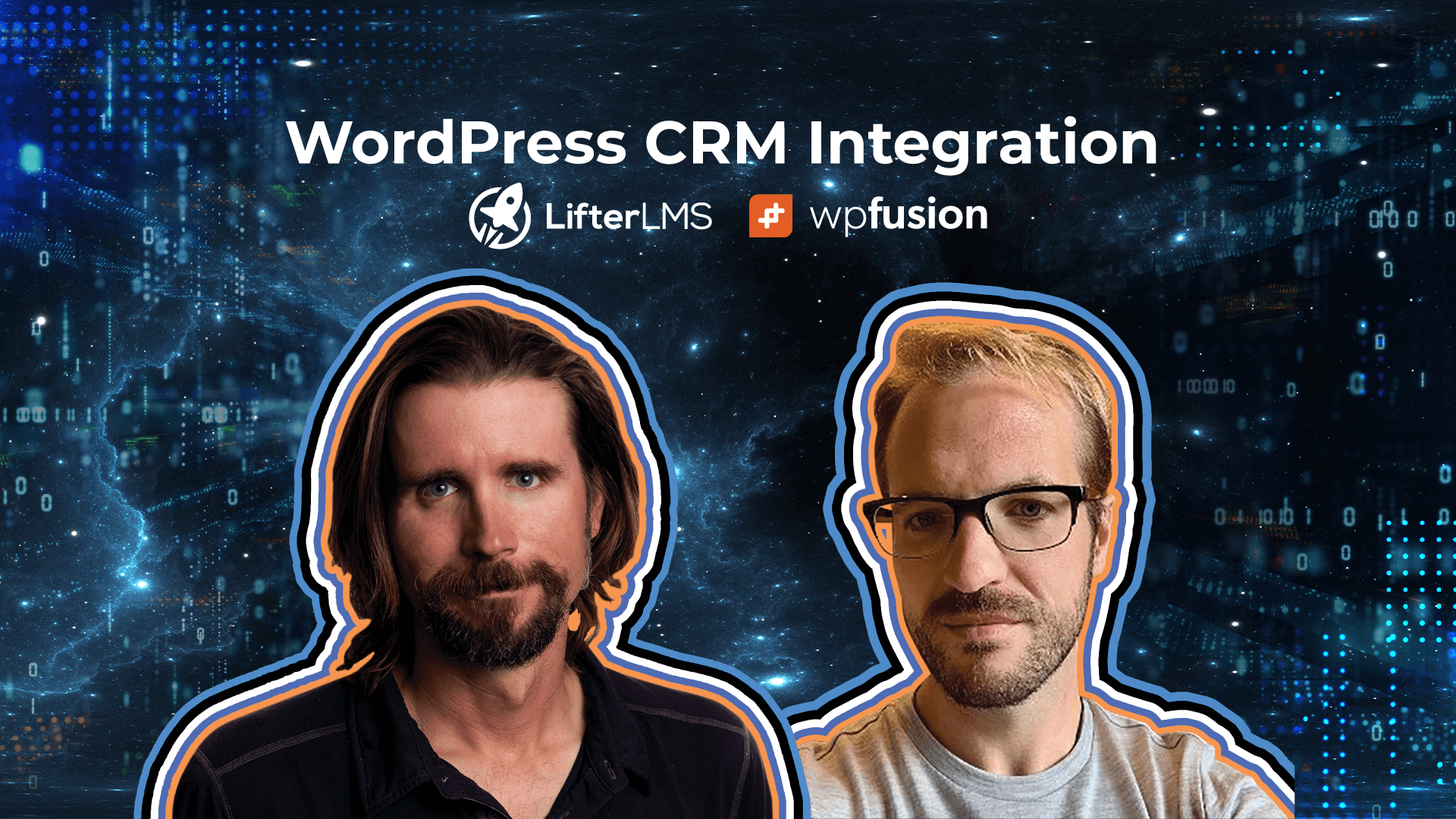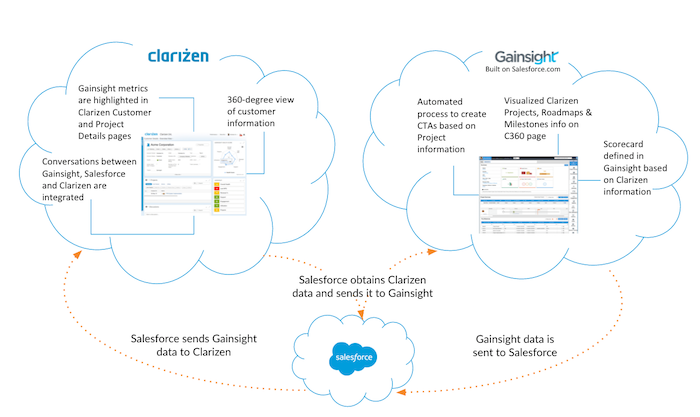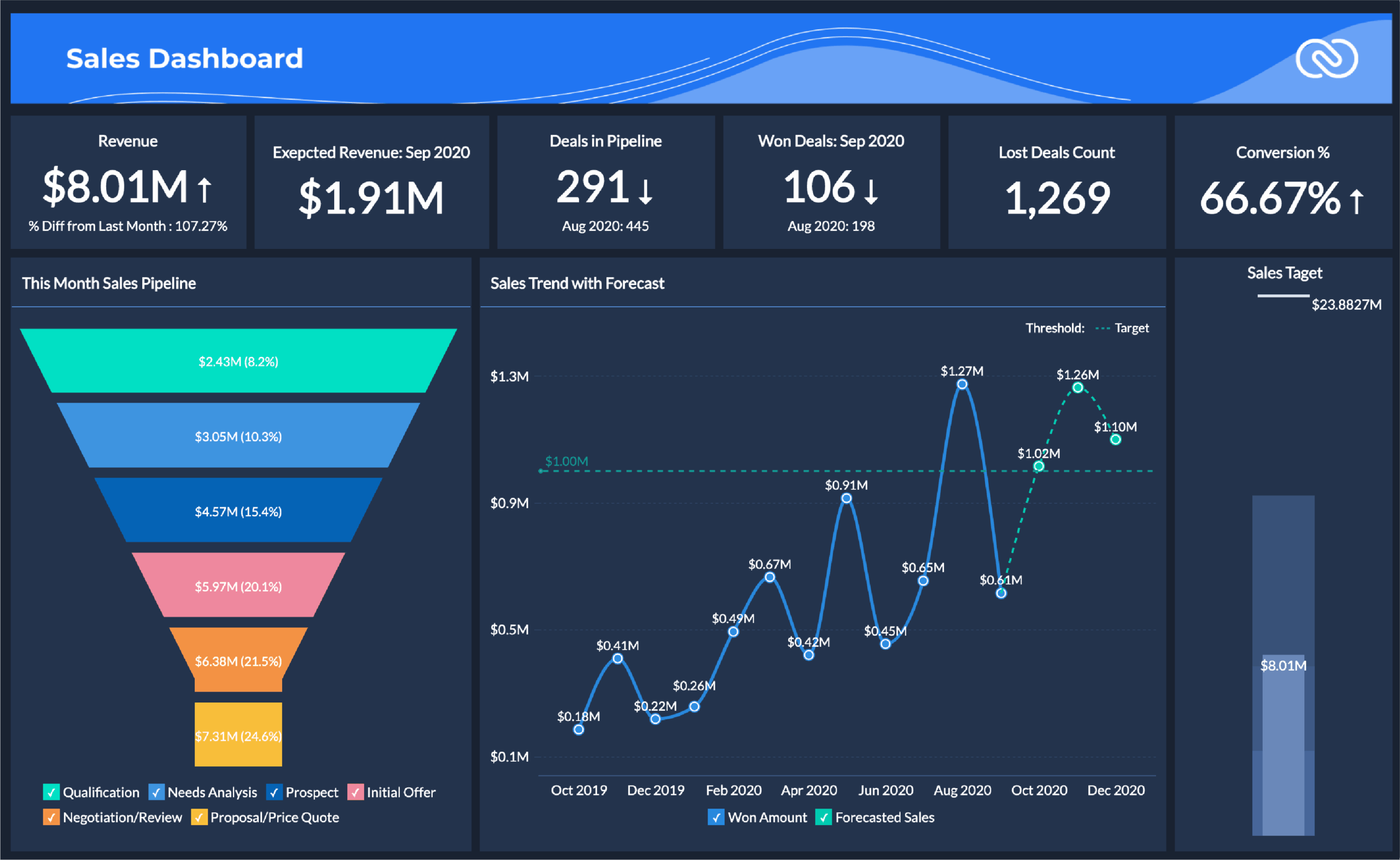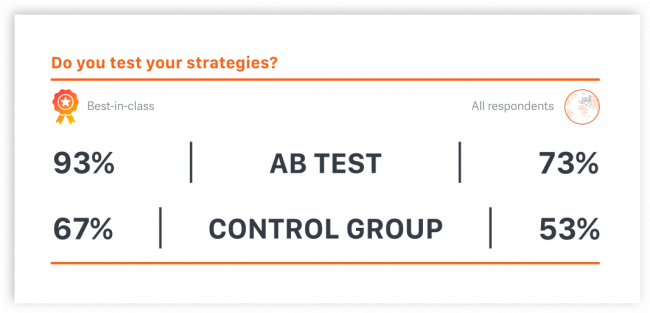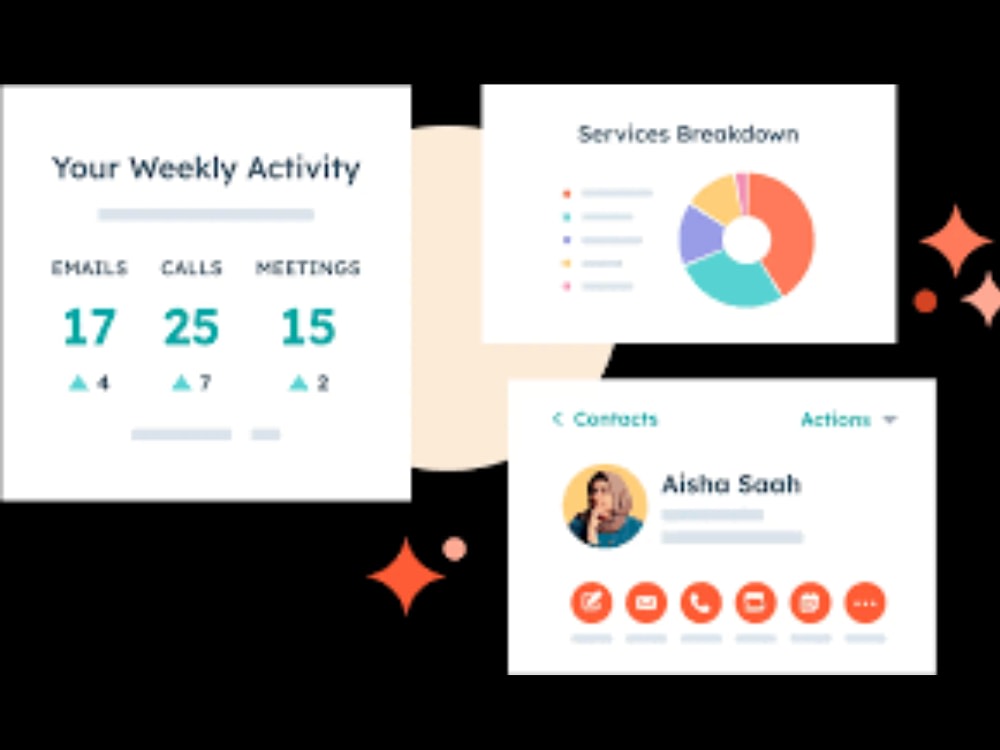
Unveiling the Power of a CRM Marketing Funnel
In today’s fast-paced digital landscape, businesses are constantly seeking innovative ways to connect with their audience, nurture leads, and ultimately, drive conversions. One of the most effective strategies for achieving these goals is by implementing a well-defined CRM marketing funnel. This comprehensive guide will delve into the intricacies of setting up and optimizing a CRM marketing funnel, providing you with the knowledge and tools necessary to transform your marketing efforts and achieve remarkable results.
Before we dive deep, let’s establish a clear understanding of what a CRM marketing funnel entails. At its core, a CRM marketing funnel is a structured, strategic process designed to guide potential customers through various stages, from initial awareness to becoming loyal advocates for your brand. It leverages a Customer Relationship Management (CRM) system to manage and track interactions, personalize communications, and nurture leads throughout their journey.
Why is this important? Because a well-structured funnel ensures that you’re not just throwing marketing efforts at the wall and hoping something sticks. Instead, it allows you to tailor your approach to each individual, providing them with the right information at the right time, thereby increasing the likelihood of conversion and fostering lasting customer relationships.
Understanding the Stages of a CRM Marketing Funnel
The CRM marketing funnel typically comprises several distinct stages, each representing a critical step in the customer journey. Understanding these stages is crucial for designing targeted campaigns and measuring their effectiveness. Let’s break down each stage:
1. Awareness Stage: Capturing Attention
This is the initial point of contact, where potential customers become aware of your brand and the products or services you offer. Your primary goal here is to generate interest and capture their attention. Strategies for this stage include:
- Content Marketing: Creating valuable and engaging content, such as blog posts, articles, infographics, and videos, to educate and inform your target audience.
- Social Media Marketing: Building a strong presence on relevant social media platforms and sharing engaging content to reach a wider audience.
- Search Engine Optimization (SEO): Optimizing your website and content to rank higher in search engine results pages (SERPs), driving organic traffic to your site.
- Paid Advertising: Utilizing platforms like Google Ads and social media advertising to reach specific demographics and interests.
Metrics to track in the awareness stage include website traffic, social media engagement (likes, shares, comments), and the number of leads generated.
2. Interest Stage: Nurturing Engagement
Once you’ve captured attention, the next step is to nurture that interest and provide potential customers with more information about your offerings. This is where you build relationships and establish your brand as a trusted resource. Strategies for this stage include:
- Lead Magnets: Offering valuable resources, such as e-books, white papers, webinars, or free trials, in exchange for contact information.
- Email Marketing: Sending targeted email campaigns to nurture leads, providing them with relevant content, and building a relationship.
- Personalized Content: Tailoring your content to address the specific needs and interests of your target audience segments.
Metrics to track in the interest stage include lead generation, email open and click-through rates, and engagement with your content.
3. Decision Stage: Driving Conversions
In this stage, potential customers are actively considering your products or services and evaluating their options. Your goal is to provide them with the information and incentives they need to make a purchase. Strategies for this stage include:
- Product Demos and Trials: Offering product demonstrations or free trials to allow potential customers to experience your offerings firsthand.
- Customer Testimonials and Case Studies: Showcasing positive reviews and success stories to build trust and credibility.
- Special Offers and Promotions: Providing exclusive discounts, promotions, or bundles to incentivize purchases.
- Personalized Sales Follow-up: Engaging with potential customers via phone, email, or live chat to answer questions and address concerns.
Metrics to track in the decision stage include conversion rates, sales revenue, and the average order value.
4. Action Stage: Closing the Deal
This is the moment of truth, where potential customers convert into paying customers. The key is to make the purchasing process as easy and seamless as possible. Strategies for this stage include:
- Streamlined Checkout Process: Ensuring a user-friendly and secure checkout experience.
- Multiple Payment Options: Offering various payment methods to accommodate customer preferences.
- Clear Call-to-Actions: Guiding customers through the purchase process with clear and concise calls-to-action.
Metrics to track in the action stage include the number of completed purchases, abandoned cart rates, and customer satisfaction scores.
5. Retention Stage: Building Loyalty
The journey doesn’t end after a purchase. The retention stage focuses on building long-term customer relationships and fostering loyalty. Strategies for this stage include:
- Exceptional Customer Service: Providing prompt and helpful support to address customer inquiries and resolve issues.
- Personalized Communication: Sending targeted email campaigns and personalized offers to show appreciation and keep customers engaged.
- Loyalty Programs: Implementing loyalty programs to reward repeat customers and incentivize future purchases.
- Feedback and Reviews: Encouraging customers to provide feedback and reviews to improve your products and services.
Metrics to track in the retention stage include customer retention rate, customer lifetime value (CLTV), and customer satisfaction scores.
Setting Up Your CRM Marketing Funnel: A Step-by-Step Guide
Now that we’ve explored the stages of a CRM marketing funnel, let’s dive into the practical steps of setting one up. Here’s a step-by-step guide to help you get started:
1. Choose the Right CRM Software
The foundation of your CRM marketing funnel is the CRM software you choose. There are numerous options available, each with its strengths and weaknesses. Consider the following factors when making your selection:
- Features: Does the software offer the features you need, such as contact management, email marketing, lead scoring, automation, and reporting?
- Scalability: Can the software scale with your business as it grows?
- Integrations: Does the software integrate with other tools you use, such as your website, email marketing platform, and social media channels?
- Pricing: Does the pricing model fit your budget and needs?
- Ease of Use: Is the software user-friendly and easy to learn?
Popular CRM software options include Salesforce, HubSpot, Zoho CRM, Microsoft Dynamics 365, and Pipedrive. Research and compare different options to find the one that best suits your specific requirements.
2. Define Your Target Audience
Before you can effectively market to potential customers, you need to understand who they are. Create detailed buyer personas that represent your ideal customers. Consider factors such as:
- Demographics: Age, gender, location, income, education, and occupation.
- Psychographics: Interests, values, lifestyle, and attitudes.
- Pain Points: What problems are they trying to solve?
- Goals: What are they trying to achieve?
- Buying Behavior: How do they research and make purchasing decisions?
The more you know about your target audience, the better you can tailor your marketing efforts to their specific needs and interests.
3. Map Your Customer Journey
Once you’ve defined your target audience, map out their customer journey. This involves identifying the different touchpoints where they interact with your brand, from initial awareness to becoming a loyal customer. This includes:
- Website Visits: Interactions with your website, such as browsing product pages or downloading resources.
- Social Media Engagement: Interactions on social media platforms, such as liking, sharing, and commenting on your content.
- Email Interactions: Opening and clicking on links in your email campaigns.
- Customer Service Interactions: Contacting your customer support team for assistance.
- Purchases: Completing the purchase process.
Understanding the customer journey allows you to identify opportunities to optimize your marketing efforts and provide a seamless customer experience.
4. Develop Targeted Content and Offers
Based on your understanding of your target audience and their customer journey, develop targeted content and offers for each stage of the funnel. This includes:
- Awareness Stage: Create informative and engaging content, such as blog posts, articles, infographics, and videos, to educate potential customers about your brand and the problems you solve.
- Interest Stage: Offer valuable resources, such as e-books, white papers, webinars, or free trials, in exchange for contact information.
- Decision Stage: Provide product demonstrations, customer testimonials, and special offers to incentivize purchases.
- Action Stage: Ensure a seamless checkout process and offer multiple payment options.
- Retention Stage: Provide exceptional customer service, personalized communication, and loyalty programs to build long-term customer relationships.
Make sure your content is relevant, valuable, and tailored to the specific needs and interests of each stage of the funnel.
5. Automate Your Marketing Processes
One of the key benefits of using a CRM marketing funnel is the ability to automate your marketing processes. This involves setting up automated workflows to:
- Lead Scoring: Assigning points to leads based on their behavior and engagement to prioritize the most promising prospects.
- Email Marketing: Sending automated email campaigns based on triggers, such as a new lead signing up for your newsletter or a customer abandoning their cart.
- Lead Nurturing: Sending a series of automated emails to nurture leads and guide them through the funnel.
- Task Management: Assigning tasks to sales representatives based on lead activity.
Automation saves time, improves efficiency, and ensures that your marketing efforts are consistent and timely.
6. Track and Analyze Your Results
Tracking and analyzing your results is crucial for optimizing your CRM marketing funnel. Use your CRM software to track key metrics, such as:
- Website Traffic: Monitor website traffic to see how many people are visiting your site.
- Lead Generation: Track the number of leads generated through different channels.
- Conversion Rates: Measure the percentage of leads that convert into customers.
- Sales Revenue: Track the revenue generated from your marketing efforts.
- Customer Retention Rate: Measure the percentage of customers that return for repeat business.
- Customer Lifetime Value (CLTV): Calculate the average revenue generated by a customer over their relationship with your business.
Regularly review your data to identify areas for improvement and make data-driven decisions to optimize your funnel.
7. Continuously Optimize Your Funnel
Your CRM marketing funnel is not a set-it-and-forget-it process. It requires continuous optimization to ensure that it remains effective. Regularly review your data, experiment with different strategies, and make adjustments as needed. This includes:
- Testing: A/B testing different content, offers, and calls-to-action to see what resonates best with your target audience.
- Refining Your Buyer Personas: Regularly updating your buyer personas to reflect changes in your target audience’s needs and preferences.
- Adjusting Your Content Strategy: Adapting your content strategy based on your audience’s evolving interests and behaviors.
- Improving Your Automation Workflows: Optimizing your automation workflows to ensure that they are efficient and effective.
By continuously optimizing your funnel, you can maximize your marketing ROI and achieve sustainable growth.
Leveraging CRM for Enhanced Marketing Performance
The true power of a CRM marketing funnel lies in its ability to leverage the capabilities of your CRM system. Here’s how your CRM can enhance your marketing performance:
1. Centralized Customer Data
A CRM system provides a centralized repository for all your customer data, including contact information, purchase history, communication records, and engagement metrics. This centralized view allows you to gain a holistic understanding of your customers and personalize your marketing efforts.
2. Segmentation and Targeting
CRM systems enable you to segment your audience based on various criteria, such as demographics, behavior, and purchase history. This allows you to target specific customer segments with tailored messaging and offers, increasing the relevance and effectiveness of your campaigns.
3. Personalized Communication
With access to detailed customer data, you can personalize your communication in various ways, such as:
- Personalized Email Campaigns: Addressing customers by name, referencing their past purchases, and offering relevant recommendations.
- Personalized Website Content: Displaying personalized content on your website based on customer behavior and preferences.
- Personalized Offers and Promotions: Tailoring offers and promotions to specific customer segments or individual customers.
Personalization enhances customer engagement and increases the likelihood of conversion.
4. Automated Workflows
CRM systems allow you to automate various marketing tasks, such as:
- Lead Scoring: Automatically scoring leads based on their behavior and engagement.
- Email Marketing: Sending automated email campaigns based on triggers, such as a new lead signing up for your newsletter or a customer abandoning their cart.
- Task Management: Automatically assigning tasks to sales representatives based on lead activity.
Automation saves time, improves efficiency, and ensures that your marketing efforts are consistent and timely.
5. Reporting and Analytics
CRM systems provide robust reporting and analytics capabilities, allowing you to track key metrics and measure the performance of your marketing campaigns. This data-driven approach enables you to identify areas for improvement and optimize your funnel.
Common Challenges and How to Overcome Them
While a CRM marketing funnel can be incredibly effective, there are some common challenges that businesses may encounter. Here’s how to overcome them:
1. Data Quality Issues
Poor data quality can undermine the effectiveness of your CRM marketing funnel. To overcome this challenge:
- Implement Data Validation: Implement data validation rules to ensure that the data you collect is accurate and complete.
- Regular Data Cleansing: Regularly cleanse your data to remove duplicates, correct errors, and update outdated information.
- Data Governance: Establish clear data governance policies to ensure that data is managed consistently and accurately.
2. Lack of Integration
If your CRM system is not integrated with other tools, such as your website, email marketing platform, and social media channels, it can be difficult to track and measure your results. To overcome this challenge:
- Choose a CRM with Robust Integrations: Select a CRM system that integrates with the other tools you use.
- Integrate Your Systems: Integrate your systems to ensure that data flows seamlessly between them.
- Use Automation Tools: Use automation tools to streamline data transfer and improve efficiency.
3. Resistance to Change
Implementing a CRM marketing funnel often requires changes to your marketing processes and workflows. To overcome resistance to change:
- Communicate the Benefits: Clearly communicate the benefits of the CRM marketing funnel to your team.
- Provide Training: Provide training to your team on how to use the CRM system and implement the new processes.
- Involve Your Team: Involve your team in the implementation process to gain their buy-in.
4. Lack of Expertise
Setting up and optimizing a CRM marketing funnel can require specialized expertise. To overcome this challenge:
- Seek External Help: Consider hiring a CRM consultant or agency to help you with the implementation and optimization process.
- Invest in Training: Invest in training for your team to improve their skills and knowledge.
- Learn from Others: Research best practices and learn from the experiences of other businesses.
Best Practices for CRM Marketing Funnel Success
To maximize the effectiveness of your CRM marketing funnel, consider these best practices:
1. Focus on Customer Experience
Put the customer experience at the center of your marketing efforts. Ensure that your website, content, and communication are user-friendly and provide value to your customers.
2. Personalize Your Messaging
Use customer data to personalize your messaging and offer relevant content and offers to each customer segment.
3. Be Consistent
Maintain a consistent brand voice and messaging across all your marketing channels.
4. Test and Optimize
Continuously test and optimize your funnel to improve its performance.
5. Stay Up-to-Date
Stay up-to-date on the latest marketing trends and technologies.
6. Measure and Analyze
Regularly measure and analyze your results to identify areas for improvement.
7. Embrace Automation
Leverage automation to streamline your marketing processes and improve efficiency.
8. Prioritize Data Privacy
Always prioritize data privacy and comply with relevant regulations, such as GDPR and CCPA.
The Future of CRM Marketing Funnels
The field of CRM marketing is constantly evolving, and there are several trends that are shaping the future of CRM marketing funnels:
- Artificial Intelligence (AI): AI is being used to automate tasks, personalize content, and improve lead scoring.
- Machine Learning (ML): ML is being used to analyze customer data and predict customer behavior.
- Omnichannel Marketing: Businesses are increasingly using omnichannel marketing strategies to reach customers across multiple channels.
- Customer Data Platforms (CDPs): CDPs are being used to collect and manage customer data from various sources.
- Voice Search Optimization: Optimizing content for voice search is becoming increasingly important.
By staying abreast of these trends, you can ensure that your CRM marketing funnel remains effective and competitive.
Conclusion: Transforming Your Marketing with CRM
Implementing a well-defined CRM marketing funnel is a game-changer for businesses looking to improve their marketing performance and build lasting customer relationships. By understanding the stages of the funnel, setting it up correctly, and continuously optimizing your efforts, you can transform your marketing efforts and achieve remarkable results.
Remember, the key to success lies in:
- Choosing the right CRM software.
- Defining your target audience.
- Mapping your customer journey.
- Developing targeted content and offers.
- Automating your marketing processes.
- Tracking and analyzing your results.
- Continuously optimizing your funnel.
With the right strategy and execution, you can harness the power of a CRM marketing funnel to drive conversions, foster customer loyalty, and achieve sustainable growth. Start building your funnel today, and watch your business thrive.

